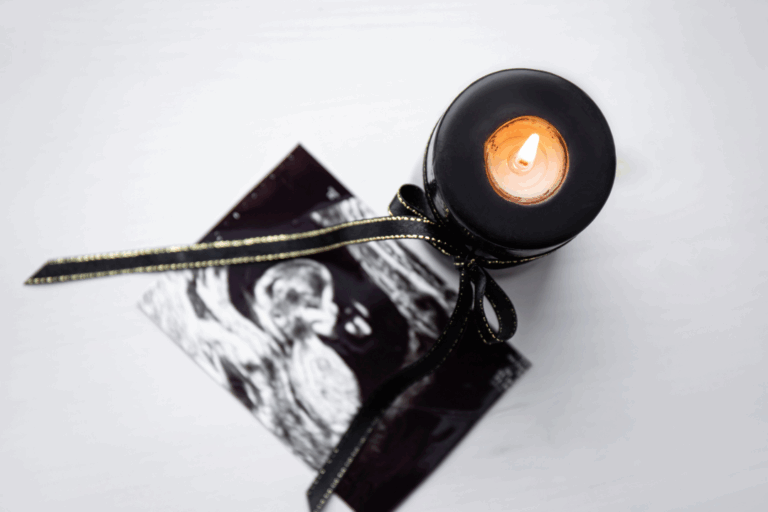Reading your baby’s signals is something all new parents need to learn. It feels especially urgent in the early days when most parents are feeling anxious and uncertain of what to do. The main source of this anxiety is the fact that babies can’t talk and explain their discomfort, nor do they come with a manual. But in truth, even young babies communicate. The trick is to learn to understand your baby’s cues so that your responses in the early days are appropriate for soothing your fractious little one.
There are four main categories of signals that indicate:
- when your baby needs and wants interaction;
- when they are self soothing;
- when they’re becoming over-stimulated; and
- when you need to calm them down.
Reading your baby’s signals: “I am happy – interact with me“
When your baby is content and in a calm alert state, they are ready for interaction. In this state, the brain is ready to make connections, the mind ready to learn and your baby is emotionally ready to bond. Use this precious space to stimulate and nurture your baby.
- Newborn – your newborn will signal this state by making eye contact. Their hands will be open and relaxed and they will really look intently at your face. Their body is still.
- Baby – your older baby may reach out for toys and examine books with intent. They will sit quietly on your lap while learning from the world.
- Toddler – your toddler will show inquisitiveness but be contained and not overly busy. They will call you and may ask “what’s that…”
Reading your baby’s signals: “I am starting to be overestimated – leave me to calm down or remove the stimulus from my vision.”
We all have different capacities for interaction. At a certain point, your baby will start to become a little erratic and need a break from stimulation. Look around your baby’s world to determine why they are over stimulated and remove them from the space or the stimulus.
- Newborn – newborns can only really interact and stay organised for a few minutes at a stretch. Your newborn may signal she has had enough, just by losing eye contact or by looking away.
- Baby – older babies can organise their movements and turn away from the interaction. They may seem to loose interest and push toys away. Other babies may have very busy arm, and leg movements.
- Toddler – this subtle signal is often missed in toddlers as toddlers who have had enough often become a little busier and interact more randomly as opposed to constructing interactions. Toddlers also start to use the word “No!” or “Not” firmly – signaling they have had enough.
Reading your baby’s signals: “I am over stimulated and cannot help myself – please help me to calm down.”
If you miss the early signals of over stimulation and persist in stimulating your baby, your baby will start to give you very clear signals that enough is enough. These signals are best met with age appropriate calming strategies or you may need to help your baby to go to sleep as very often over tired babies are susceptible to over stimulation.
- Newborn – newborns who are over stimulated start to exhibit signals that we often associate with digestion or hunger, such as hiccups, blueness around the mouth and sucking on their hands.
- Baby – facial expressions begin to take precedence with grimaces and frowns. Your baby may also start to groan and whine with irritability. Sucking on their hands in an attempt to self calm is often evident. If your baby does suck on their hands encourage this as it is an independent self soothing measure.
- Toddler- all those antisocial behaviors toddlers are so renowned for, such as nose picking, bum scratching, hitting out and hyper active behavior are often signals that your toddler has had enough.
Reading your baby’s signals: “I am over the edge and a responding with a clear signal – crying.”
It is easy to try to keep your toddler going or to miss your newborns very short awake time. If this happens and your baby goes into sensory overload, you will not miss the clear signal of crying but the question become how do you deal with your baby?
- Newborn – colic is the classic response a newborn has to over stimulation. To deal with colic, swaddle your baby and decrease stimulation and attempt to put your newborn to sleep, even if this means rocking or holding your newborn to sleep. A baby sling is a wonderful way to create a contained quiet space to soothe your baby.
- Baby – crying is the indicator that your baby has had more than enough. Take them to a quiet space and put them down to sleep. Sit with your baby until they are calm and help them to find self soothing strategies such as sucking a dummy or thumb, holding a ‘doodoo blanky’ or humming to themselves.
- Toddler – chaos is the signal that your toddler is over the edge. Your toddler will become chaotic, busy and very whiney. Many toddlers resort to temper tantrums and dig their heels in. In this state, your toddler feels as vulnerable as you do. Do not respond to the behavior hysterically rather calmly interpret the tiredness and acknowledge the feeling. Use words to interpret your toddler’s behavior for them; “I know you want another story but you are also very tired. Mummy wants to give you the sweet after your sleep…” Help your toddler to sleep, rest or find a quiet space.
Use these strategies to read your baby’s signals and help them to be settled and content. But don’t forget every experienced mother has missed a few signals and has ended up with a colicky newborn and chaotic toddler. And every one of those mums has learned from the experience and lived to tell the tale.
If you feel like you could use some expert support reading your baby’s signals, subscribe to Parent Sense. It’s the all-in-one baby app that takes the guesswork out of parenting in the first year of your baby’s life.




